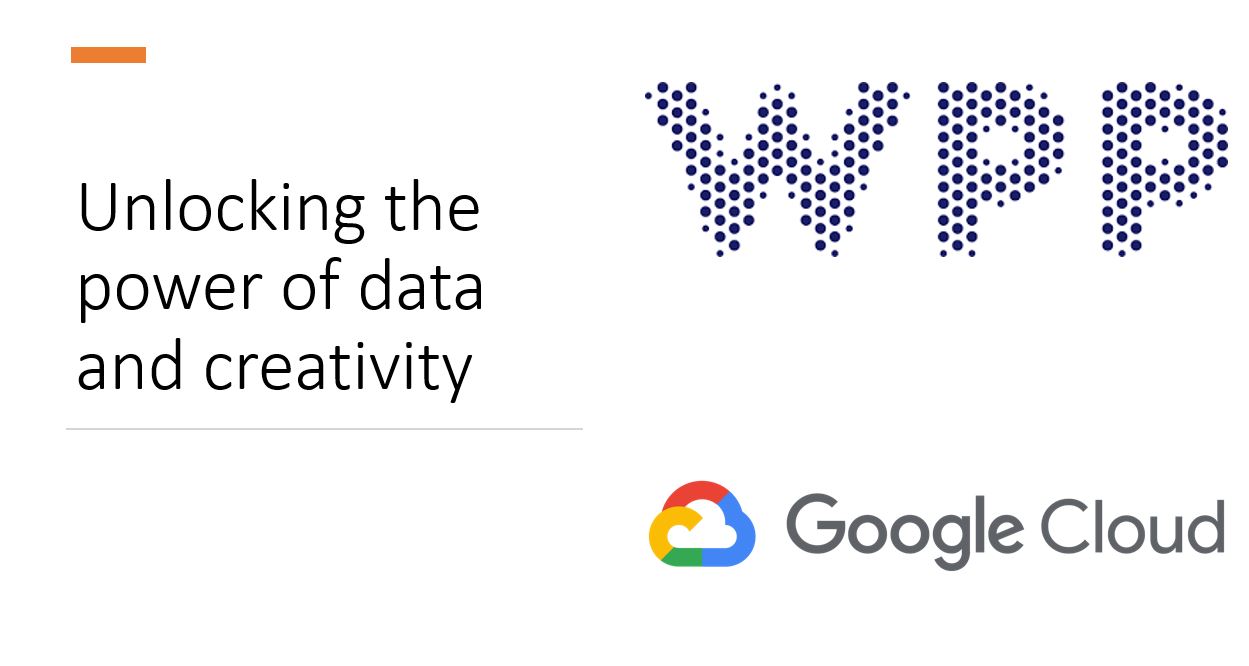WPP, the world’s largest advertising company, will be partnering with Google Cloud to integrate Google’s GenAI capabilities into WPP Open, the company’s proprietary marketing platform (operating system).
Google announced the cooperation on April 9 at the Cloud Next event in Las Vegas. With this collaboration, WPP will be able to include Google’s Gemini models into its proprietary AI-powered marketing operating system. WPP’s Open (an AI-powered marketing operating system) is already used by over 35,000 employees and major clients including The Coca-Cola Company, L’Oréal, and Nestle.
What does this signify for brands?
This is an excellent space to look out for because the collaboration will give WPP an edge in the next parts.
1. Creative excellence: WPP can deliver an automated creative solution that can compose headlines, copy, and generate graphics or videos from text, voice, video, or paper sketches. For example, a brand can offer brand guidelines and request that WPP integrate them with previous campaign creatives to develop new, refreshed creative in minutes, saving both money and time.
2. Creative optimization: It will also assist them with content optimization, such as predicting if a new creative will perform well for a certain audience segment based on previous campaign insights.
3. Creative adaptation: Many brands struggle with video translation and transcription; this can help by providing an automated system that can translate English-language videos into local languages in a fraction of a minute.
4. Campaign optimization: WPP will also try to employ Gemini models to aid with campaign optimization; these solutions are already available on the market, but if WPP can create a viable solution, it has the potential to revolutionize the way media is purchased.
Why is Google collaborating with WPP?
Google is not doing it as a favour; Google always has a hidden motive in such collaborations. They are protecting themselves from any modest, futuristic AI-powered creative, media, and reporting solution that could cause industry disruption. When The Trade Desk first launched TTD ID/Open ID, Google had no solution for it. The same was true for dataclean rooms. This is why Google wants to be the first to implement Gen AI models in marketing.
We’ll have to wait and see what Microsoft does next, as they’re now in the midst of AI transformation, with Copilot being integrated into Microsoft’s suit. If Microsoft forms comparable partnerships with OMG, Publicis, or Dentsu, this will be an interesting space to watch.

